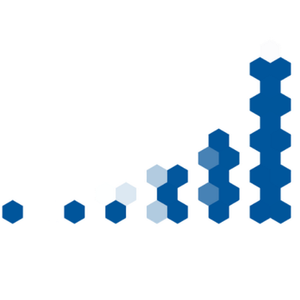Clay Shirky hat sich erneut zum Thema Bezahlschranken (engl. Paywalls) geäußert. Dieses Mal anhand der Paywall der Times, die aktuell heiß diskutiert wird.
Shirky allgemein über die veränderte Marktsituation, der sich Presseverlage im Netz gegenüber sehen:
The classic description of a commodity market uses milk. If you own the only cow for 50 miles, you can charge usurious rates, because no one can undercut you. If you own only one of a hundred such cows, though, then everyone can undercut you, so you can’t charge such rates. In a competitive environment like that, milk becomes a commodity, something whose price is set by the market as a whole.
Owning a newspaper used to be like owning the only cow, especially for regional papers. Even in urban markets, there was enough segmentation–the business paper, the tabloid, the alternative weekly–and high enough costs to keep competition at bay. No longer.
The internet commodifies the business of newspapers. Any given newspaper competes with a few other newspapers, but any newspaper website compete with all other websites. As Nicholas Carr pointed out during the 2009 pirate kidnapping, Google News found 11,264 different sources for the story, all equally accessible.* The web puts newspapers in competition with radio and TV stations, magazines, and new entrants, both professional and amateur. It is the war of each against all.
Ähnliches hatte ich zuletzt erst wieder in meinem Kommentar zum Mathias-Döpfner-Interview im Handelsblatt ausgeführt:
Auf der einen Seite ist die Anzahl der Werbeflächen enorm gestiegen. Werbekunden können heute über Google auf deren Suchseiten und auf Millionen von kleinen Websites werben. Facebook und andere neuartige Angebote nehmen zusätzlich Werbegelder ab. Angebote wie Immobilienscout24 oder Immonet und ähnliche Dienste in anderen Sparten graben das Geschäft mit Kleinanzeigen ab.
Damit nicht genug: Früher hatten Presseverlage oft lokale Monopole auf Werbeflächen. Sie konnten entsprechende Preise setzen. Die Presseverlage sind also nicht nur von mehr Konkurrenz bedrängt, sie sehen sich in vielen Bereichen historisch erstmals überhaupt Konkurrenz gegenüber.
Eines der Hauptprobleme der Presseverlage, um es kurz zu machen, ist also nicht, dass sie ihr Angebot unter Kosten an die Leser verbreiten, so wie sie es immer schon getan haben, sondern dass sie neuerdings mit Konkurrenz aus unzähligen Richtungen konfrontiert sind.
Diese Erkenntnisse sind nicht neu. Shirky:
None of this is new. The potential disruptive effects of the internet on newspapers have been observable since ClariNet in 1989.* Nor has the business case for paywalls changed. The advantage of paywalls is that they raise revenue from users. The disadvantages are that they reduce readership, increase customer acquistion and retention costs, and eliminate ad revenue from user-forwarded content. In most cases, the disadvantages have outweighed the advantages.
So what’s different about News paywall? Nothing. It’s no different from other pay-for-access plans, whether the NY Times’ TimesSelect* or the Harligen Texas Valley Morning Star.* News Corp has produced no innovation in content, delivery, or payment, and the idea of 90%+ loss of audience was already a rule of thumb over a decade ago.
Shirkys Analyse, was das Nichtverlinken der Artikel via Twitter, Facebook und co. für Bezahlschranken einsetzende Medien bedeutet, ist sehr gut:
As of July, non-subscribers can no longer read Times stories forwarded by colleagues or friends, nor can they read stories linked to from Facebook or Twitter. As a result, links to Times stories now rarely circulate in those media. If you are going to produce news that can’t be shared outside a particular community, you will want to recruit and retain a community that doesn’t care whether any given piece of news spreads, which means tightly interconnected readerships become the ideal ones. However, tight interconnectedness correlates inversely with audience size, making for a stark choice, rather than offering a way of preserving the status quo.
Lesenswert in diesem Zusammenhang sind auch noch einmal Shirkys Ausführungen zu Micropayments und mentalen Transaktionskosten aus dem Jahr 2000. Die Debatten rund um Micropayments und Bezahlschranken, ob mit Pro-Artikel-Bezahlung und/oder mit Abonnement, wird bereits länger geführt, als den meisten klar ist.
